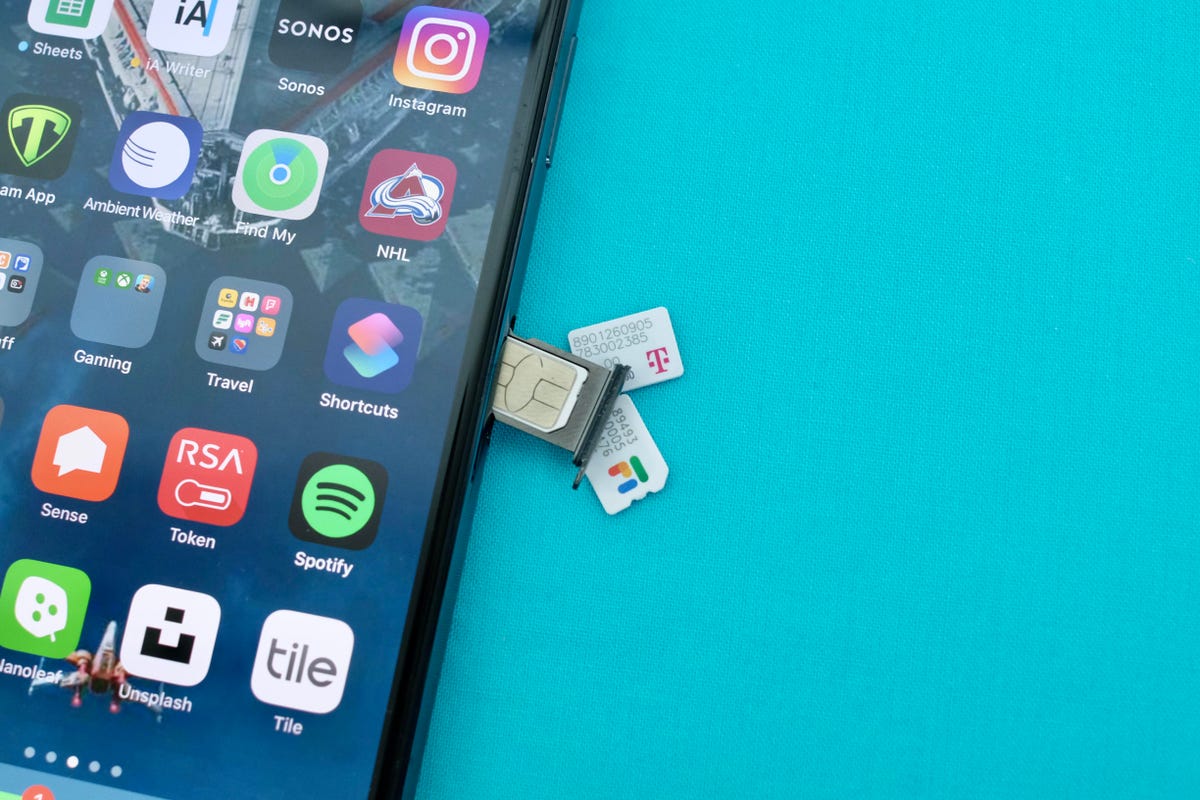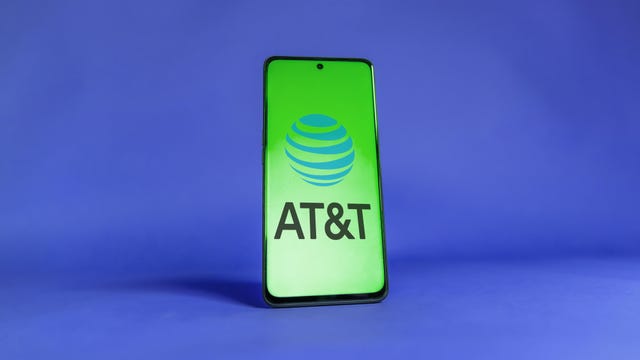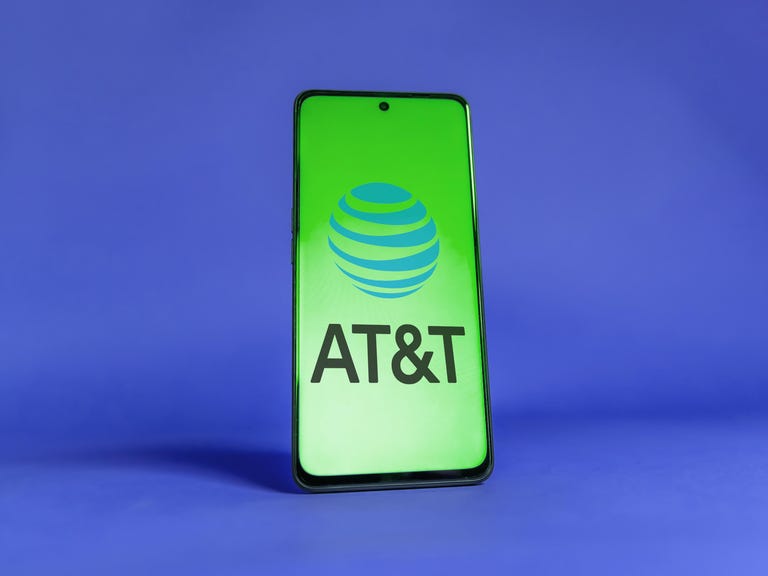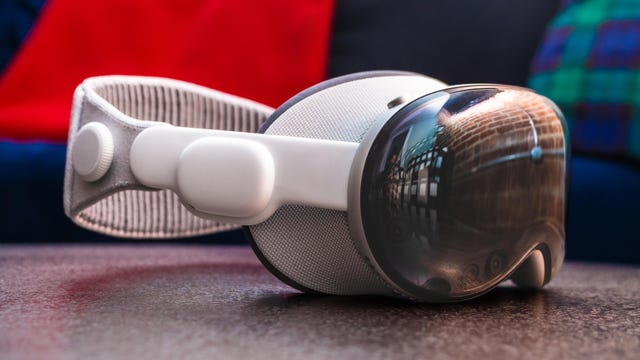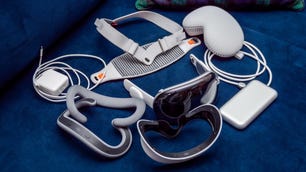On Monday, the Weather Channel unveiled a remodeled and rebuilt app that aims to help people be more prepared for disruptive weather. The app now provides more in-depth information about the weather, as well as new features to help you better understand how you’ll be impacted.
“Our mission has always been to keep people safe and help them lead better lives,” Sheri Bachstein, CEO of the Weather Company, said in a news release. “Whether it is getting ahead of a storm, planning a social event or trip, understanding how air quality could affect your health, or simply deciding when to go for a hike.”
The Weather Channel app still shows you the basics, like your daily and weekly forecast, but I found that the new features provide users with a better understanding of how good, or bad, the weather in their area will be.
Here are the new features and changes in the Weather Channel app.
Current weather and future outlook are prominently shown

As soon as you open the revamped app, you’ll see a live banner at the top of the home screen that shows the current temperature and conditions where you are. If it’s cloudy, you’ll see clouds rolling across the sky, and if it’s sunny, you’ll see a clear-blue sky. Sometimes though, there will be an ad in this banner, like from McDonald’s, which I found to be jarring when I saw a Big Mac at the bottom of a weather report.
Beneath this banner you’ll see a menu with two options: Today and This Week. The Today option shows an hour-by-hour breakdown of your day. This menu can show you fluctuations in things like humidity, wind speed and the “feels like” temperature throughout the day. It can also show you a one- or two-sentence description of what to expect that day, like “Cold temperatures will result in the risk of frozen pipes tonight.”
This Week shows you a breakdown of the upcoming week’s weather. This menu also has a brief description of the week, which might read, “The nicest day in the next 7 days will be Saturday.”
The Weather Channel also said that when your area is expecting severe weather, like a winter storm or hurricane, another menu option will appear to offer you details about the forecast to help you prepare.
The short descriptions offered in both sections feel particularly useful, especially when warning about inclement weather. When I’m looking at the forecast, I can guess how good or bad the weather will be based on the temperature and sun or cloud icon, but having these descriptions about the forecast takes the guesswork out of it.
More health and wellness tools

If you’re worried about the spread of illnesses in your area, the Weather Channel app can now warn you before you head out the door. The Weather Channel said its app can now give you tools and tips related to several health conditions, like the cold and the flu, which could be affected by the weather. There’s also a skin health section that breaks down your risk of experiencing dry skin throughout the day or how likely you are to get sunburned outside at a given time.
The Weather Channel also added a new air quality forecast feature. This feature takes into account factors like air pollution, smoke from wildfires, humidity and more to create a new Breathing Index. This index is meant to give you a better idea of what steps you might need to take to protect yourself against air quality issues throughout the day.
These features are easy to read at a glance, thanks to color-coded bubbles and one- or two-word descriptions. So if the Breathing Index is good today, this feature will display a green bubble and read, “Very Good.” You can also tap into these features to see a more detailed breakdown of your day and week.
The Weather Channel said it’s planning to add more sections, like for heat illness, headaches and even pet health.
Be prepared for some confusion from advertising and sponsorships, though. Some of these features are sponsored by companies like CVS, and those features will display that sponsorship. So while you might be tempted to skip over something that reads, “Sponsored by CVS” because it seems like an ad, these are functional features. You will see other ads in the app, and they’ll usually have a banner over the top of them that reads Advertisement. I’m used to these sorts of in-app ads, but one time a full page ad popped up when I tried to open the radar. I didn’t see an X in a corner to close the ad, and I wasn’t sure how to get past the ad, so I ended up closing the app and reopening it.
Features to help you better plan outdoor activities

The Weather Channel app is introducing a new Activities tab to help you plan outdoor activities like walking with your pet. This tab is meant to give you a better idea of when the weather is ideal for doing things like hiking or going for a run. There are also new Sun and Moon features that are meant to help you plan for high and low tides, teach you about celestial events, and more.
I try to take my dog for a walk around my neighborhood every day. Before, I’d try to squeeze a walk in before it started to rain, based on my iPhone’s preloaded Weather app, only for the rain to start halfway through the walk. Or I’d try to wait for the rain to stop, because the app said it would stop in 10 minutes, only for the app to push that time back a half hour. Though the Activities tab may not be able to predict with total certainty the best times to take my pup for a walk, it’s also not telling me for certain that the rain will stop in five, no wait, 15 minutes.
The app shows what’s important to you

According to the Weather Channel, you can answer some questions in the app to give you more-customized content related to the weather conditions and topics that interest you the most, like gardening and pets. This content is presented in the app in the form of articles, videos and more, further down on the app’s home screen and in the app’s News tab. The Weather Channel also said that the more you use the app, the more the app learns what to show you.
While I do appreciate some of the food-related content presented to me in this section, what I really like is that this content doesn’t interrupt the forecast information. When I open a weather app, I want to see the weather for my area first and foremost, not how some zoo animals in Australia beat the heat — though I will check that out, because the animals are cute. I haven’t felt like these articles or videos have gotten in the way of presenting the weather to me.
Extended reality experience coming soon for some
If you have a premium subscription for the Weather Channel app ($5 a month or $30 annually) you’ll soon get access to an extended reality, or XR, experience within the app. The Weather Channel said this XR experience will show you virtual environments meant to help you better understand how certain weather conditions, like heavy pollen or storms, might impact your area.
I like the intent of the XR experience, but the ads here are more than a little surprising. In one video clip the Weather Channel sent me, the XR experience showed a sunny day outside, before a bottle of CVS sunscreen materialized from the ground. In a rainy day clip, the feature put rain puddles on the ground — which was great and exactly what I want from it — but then a can of Campbell’s tomato soup on a table appeared. Both these ads seem to be activated when you point your camera to the bottom-right corner of the XR field, so you might be able to avoid them as long as you don’t point your camera in that direction.
Overall though, I like the changes to the Weather Channel’s app. I find them to be mostly helpful, and useful for better planning my day — even if a stray McDonald’s ad rears its head from time to time.
You can download the Weather Channel app for free from either Apple’s App Store or the Google Play store.
For more on weather apps, you can check out our best weather apps of 2024, and you can also take a look at our best password managers and antivirus software of 2024.








